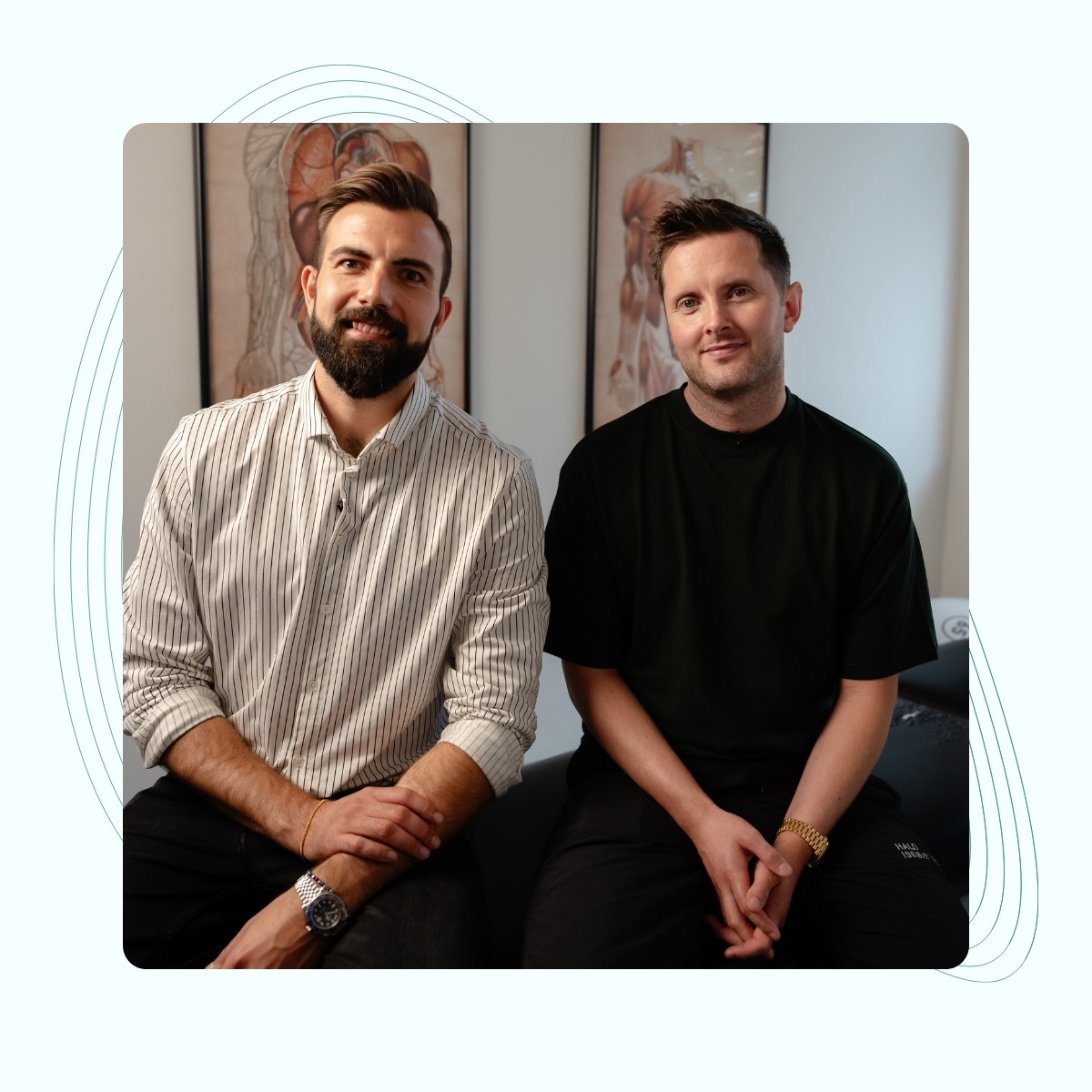We treat
Sinusitis and otitis media
Learn more about sinusitis and otitis media on this subpage.
Sinusitis & treatment
On average, people get a cold three times a year. Colds are also one of the most common reasons for contacting a doctor. Colds occur due to a viral infection that is transmitted through the respiratory tract and physical contact. Colds often develop into sinusitis and middle ear inflammation, often due to dysfunction in one or more systems in the body and/or a weakened immune system. We can help you understand the nervous system and relieve the pain in the face that it often causes. You can also do a number of exercises that can relieve the inflammation in the moment.
Jump to section [Vis]
What is sinusitis?
Sinusitis is an inflammatory condition in one or more of the four cavities of the face caused by viral or bacterial infection where the cavity becomes blocked and has no possibility of ventilation. There are various reasons why the ventilation of these cavities stops. We will get to that under causes.
Why do we get sinusitis?
There is a passage to and from the sinuses that must ensure that the ventilation of the sinuses works well. Mucus, air, snot and fluid must pass away from the sinuses. In sinusitis, this channel or passage is blocked so that the inflammation does not get the ventilation it needs.
This condition causes the pressure in the sinuses to be high, which is why this condition is experienced with great pain and discomfort.
Mechanisms of sinusitis and otitis media
Inflammatory conditions such as sinusitis and otitis media often start with a cold and develop into the aforementioned respiratory diseases. The mucous membranes in the ear, nose and throat are weakened by the viral infection, allowing bacteria, etc., to invade the areas.
Normally, the immune system will fight these conditions in 2-3 days.
If the body is unable to fight the inflammation, chronic problems develop in the form of sinusitis and otitis media.

Viruses and bacteria can cause sinusitis
Sinusitis can originate from both bacterial and viral infections. There is a slight difference in the symptom picture between these two. Viral sinusitis will most often be without pus or purulent secretions, that is, without green snot and mucus. Bacterial sinusitis will most often be associated with green or yellow snot and mucus.
Sinusitis is not contagious, but the underlying cause, which is often a cold, can be contagious.
Chronic sinusitis
Sinusitis is a common term for inflammation of various sinuses in the face and skull.
They can be divided into the frontal cavity, the maxillary cavity and the nasal cavity. In and around these sinuses are various sinuses, i.e. collections of veins whose function is to return blood from the area and thereby transport used blood away and at the same time clean the areas of dirt and bacteria. Chronic sinusitis occurs in 4% of the population (with polyps) and in many more without polyps.
Sinusitis and pain
Sinusitis is a very painful condition. The reason for this is that inflammation in the sinuses causes swelling and in the sinuses there is no space for it, which is why the pressure increases significantly. Therefore, sinusitis feels like tension and pressure in the cheek. The sinuses are also supplied by the trigeminal nerve (the headache nerve) which is often affected by sinusitis. When this nerve is affected, it is very painful.
Sinusitis and dizziness
There is dizziness caused by sinusitis. This condition is caused by blockage of drainage in the sinus system in the face and head. When these become blocked, mucus can build up and inflammation can occur in the middle ear, nose, and throat.
Sinusitis and dizziness often go hand in hand. This is because sinusitis affects the trigeminal nerve of the face, which has its base in the upper part of the neck.
Persistent sinusitis will in many cases cause neuromuscular tension, especially in the upper thoracic spine and neck.
Symptoms of sinusitis
Sinusitis can be said to be chronic if it occurs repeatedly (several times a year) and if the symptoms are present for several weeks at a time. Constant pressure, throbbing pain, mild fever, runny nose, decreased sense of smell as well as frequent headaches and migraines are symptoms that may indicate sinusitis. Symptoms can be localized in the cheeks, teeth, forehead or between the ears.

Chronic otitis media
Between the eardrum and the inner ear is the middle ear, which is a kind of cavity. This cavity consists of mucous membranes and ear bones that form the cavity. The middle ear is connected to the back of the nose via a small canal.
This canal is often where the inflammation occurs, after which it spreads to the mucous membranes in the middle ear.
The canal is not fully formed in babies and therefore it often has a kink (i.e. it is not straight), which means that bacteria have a harder time being transported away from the area.
Symptoms of otitis media
Symptoms of otitis media can include pressure and throbbing pain, headaches and migraines, mild fever, hearing loss, pain between the ears and general malaise. Often there is increased production of snot that looks especially yellow or green. Sinusitis most often causes a blocked nose, but sinusitis can occur without a blocked nose. Stomach and digestive problems can also occur in some cases.
Otitis media often lasts from a few days to 1-2 weeks.
In long-term cases and/or frequent conditions, the condition can be considered chronic, meaning that the body has difficulty handling the problem itself.
Causes of chronic sinusitis and otitis media
Common causes of sinusitis are usually viruses or bacteria. However, the real cause stems from a lack of ventilation of these sinuses due to mechanical, immunological and neurovascular factors in or around the sinuses.
Causes of chronic sinusitis and otitis media can be dysfunction in the craniosacral system, i.e. the normal rhythm and movement of the head, allergies (e.g. lactose and gluten intolerance), trauma to the head such as falls, blows, etc., dysfunction in the hormonal and metabolic system such as too high/low metabolism, dental infections, nasal polyps and a weakened immune system.
Sinusitis and babies
Sinusitis can occur in both acute and chronic forms in babies and children. In babies and children, however, it can be more difficult to diagnose because the child cannot help with the diagnosis. The factors that contribute to the development of sinusitis in babies and children are problems with the nose such as deformity, trauma to the nose or foreign objects in the nose.
Additionally, digestive problems such as GERD (gastroesophageal reflux disease or reflux), dental problems, lung diseases such as cystic fibrosis, and palate issues can also be causes of sinusitis in babies and children.
Babies as well as adults can get sinusitis as well as otitis media (most common in babies and children).
However, sinusitis in babies and children can be difficult to detect as the general symptom is simply crying, malaise and difficulty sleeping.
However, these can be symptoms of all sorts of conditions in babies and children. Other symptoms parents can look out for include a stuffy nose, green or yellow snot, pain when touching the sinuses, headaches, loss of smell and fever.

How can I avoid (prevent) getting sinusitis?
The most important thing to prevent sinusitis is to make sure that the sinuses do not close up.
In addition to using nasal spray or rinsing the sinuses regularly, various exercises can be used to, for example, influence the trigeminal nerve or influence the mobility between the cranial surfaces in the face, which has a good effect on the ventilation of the sinuses.
- Drink plenty of water. This helps the mucous membranes.
- Vitamins, minerals, fish oil and possibly lactic acid bacteria (for the intestinal flora and mucous membranes).
- Limit excessive lactose, gluten and starch.
- Make a large part of your diet with vegetables.
- Lie with your head elevated. This makes the pressure in the sinuses more beneficial.
- Reduce stress and prioritize sleep.
- Breathe in steam or moisture. This helps drain sinuses.
- Nasal spray or nasal irrigation. This helps with ventilation in the sinuses.
- Hygiene.
Osteopathic approach to sinusitis and otitis media
We are experts in finding the cause(s) of sinusitis and otitis media.
We examine and treat all systems in the body; musculoskeletal system (muscles, tendons, joints, etc.), nervous system, blood system (arteries, veins and lymphatic system), craniosacral system, hormonal and metabolic system, etc.
In addition to the common advice that you can read here in the section, good advice for sinusitis, we treat the factors that have congenitally reduced or poor ventilation and drainage from the sinuses. Osteonordic treats the skull especially if there has been a trauma to the head in the medical history (which leads to reduced mobility between the skull surfaces).
We treat the neurovascular structures, that is, the nerves and blood vessels to and from the sinuses, precisely to create better physiology to and from the sinuses.
We try to improve the immune system and mucous membranes by working on digestion and guiding you towards an optimal lifestyle. In addition, you will receive effective exercises that you can use yourself both as a treatment and prevention against sinusitis.

Often related problems
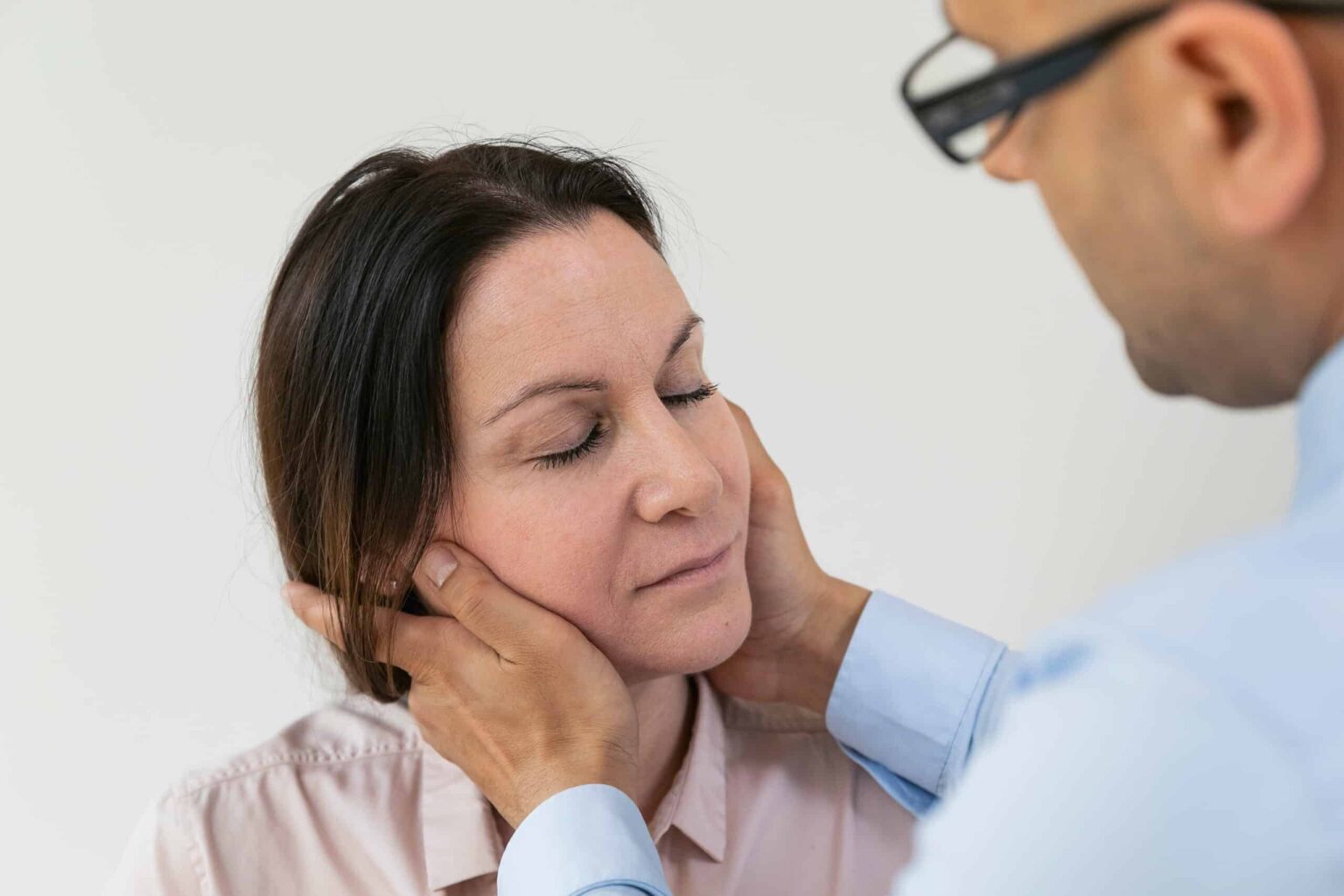
Jaw joint pain
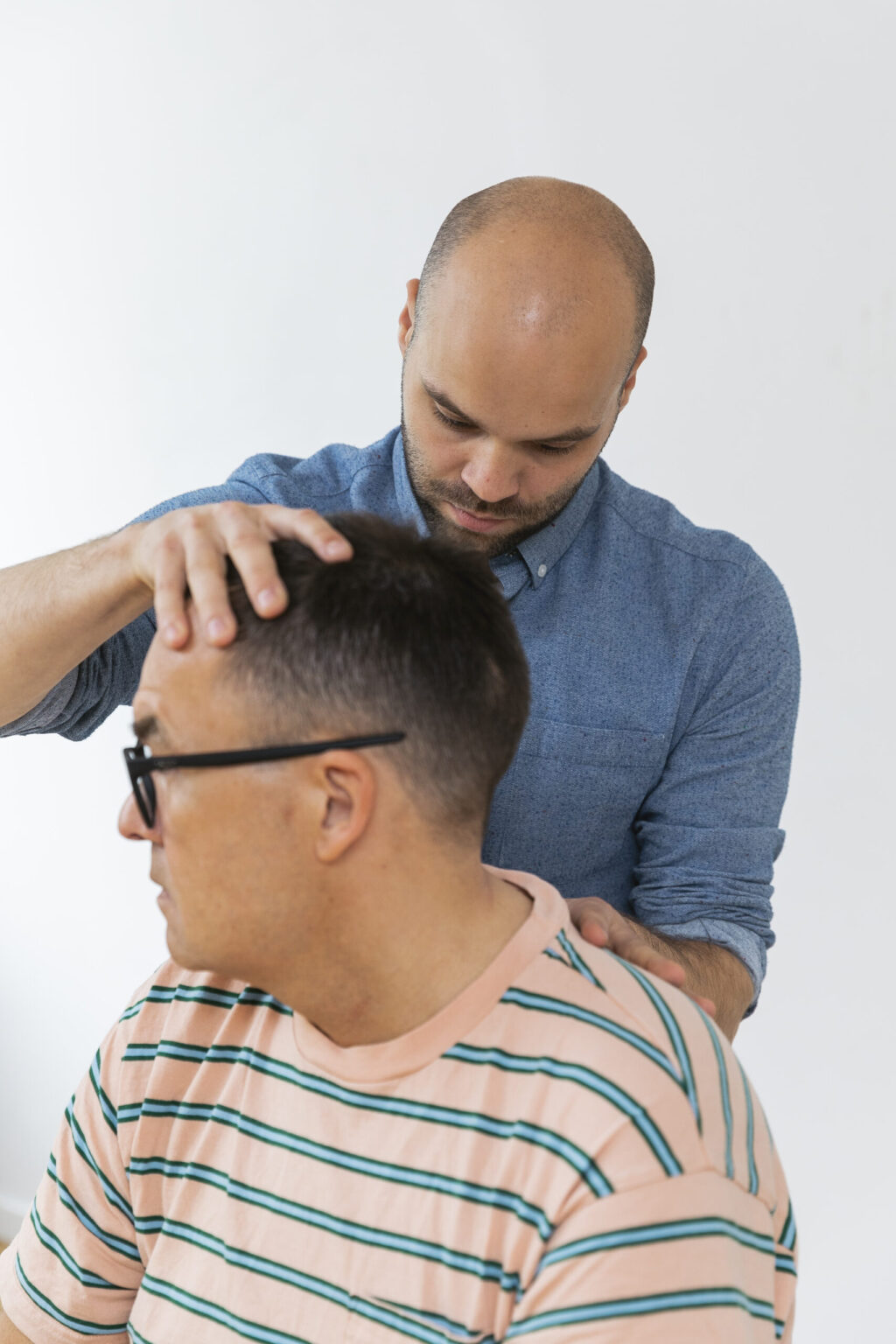
Brain hemorrhage
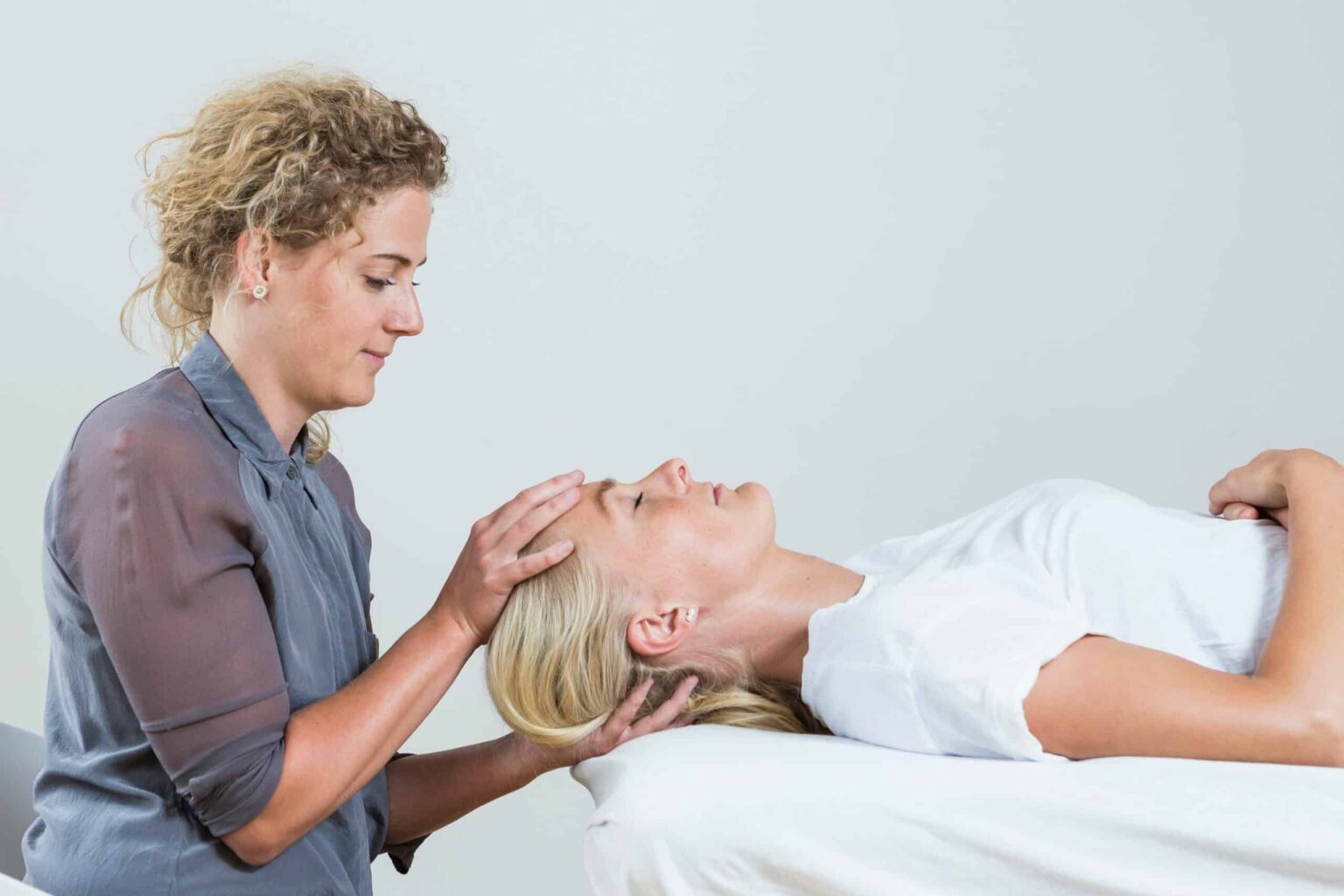
Post-traumatic headache
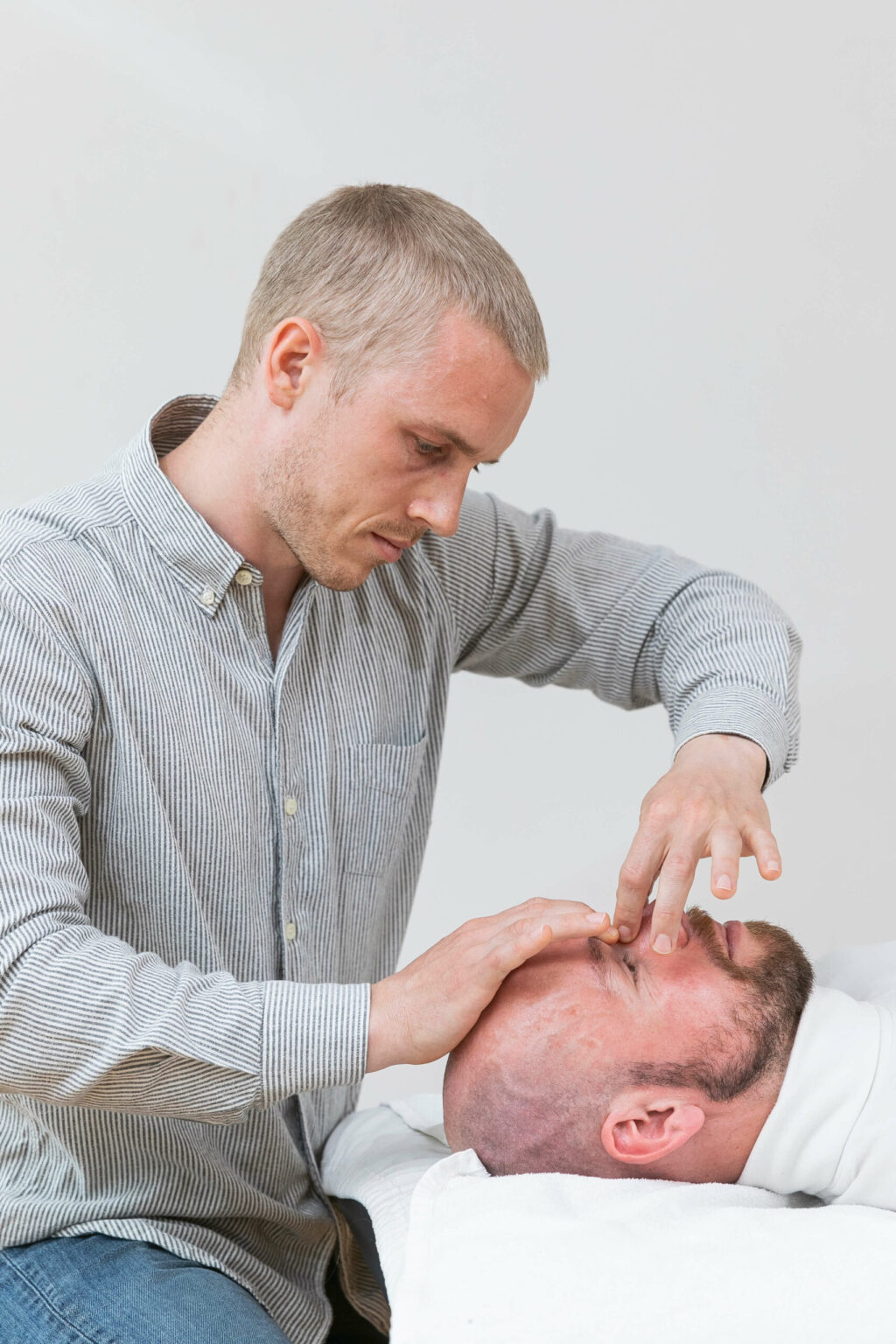
Sinusitis

Tinnitus
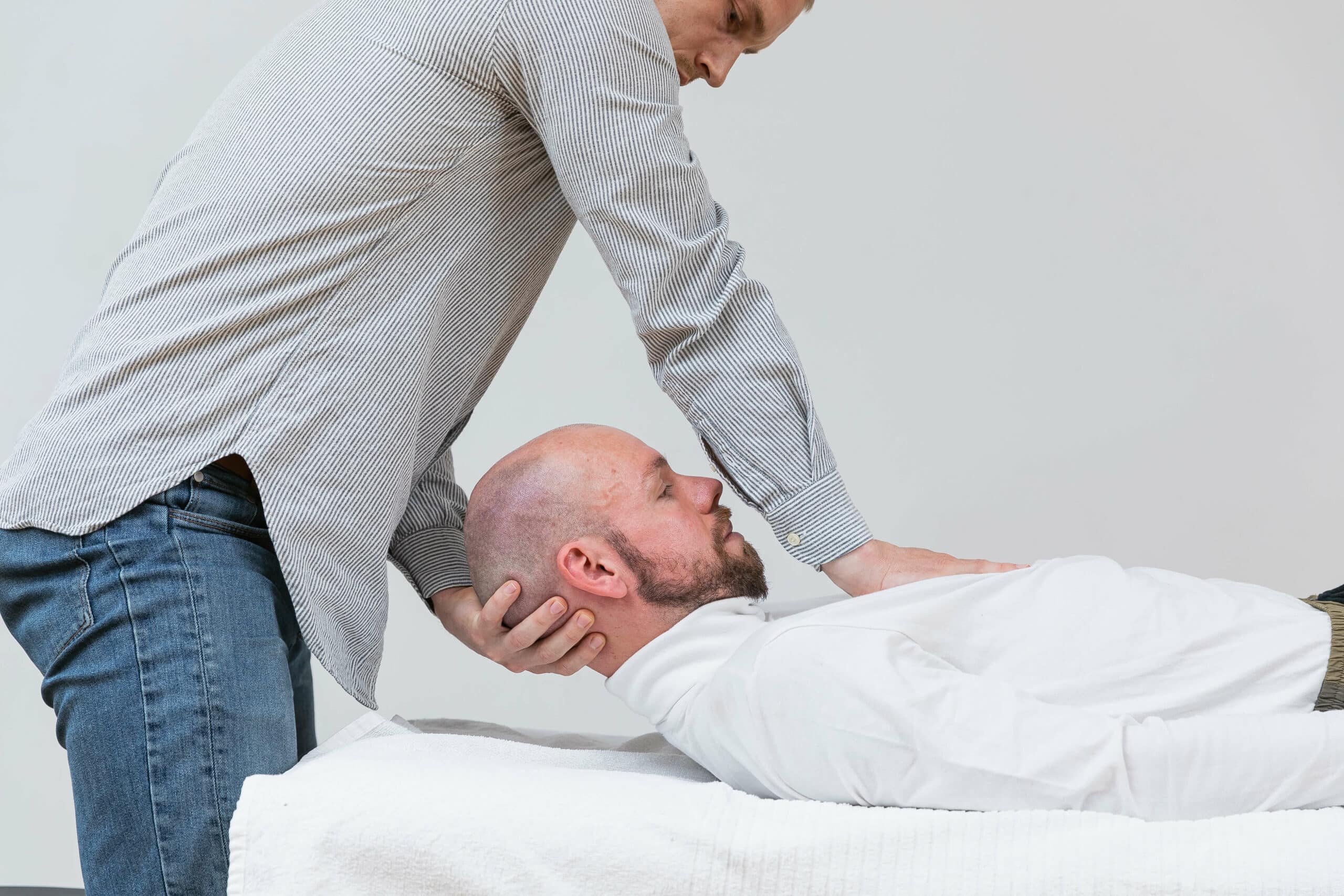
Vestibular dysfunction

Maxillary sinusitis

